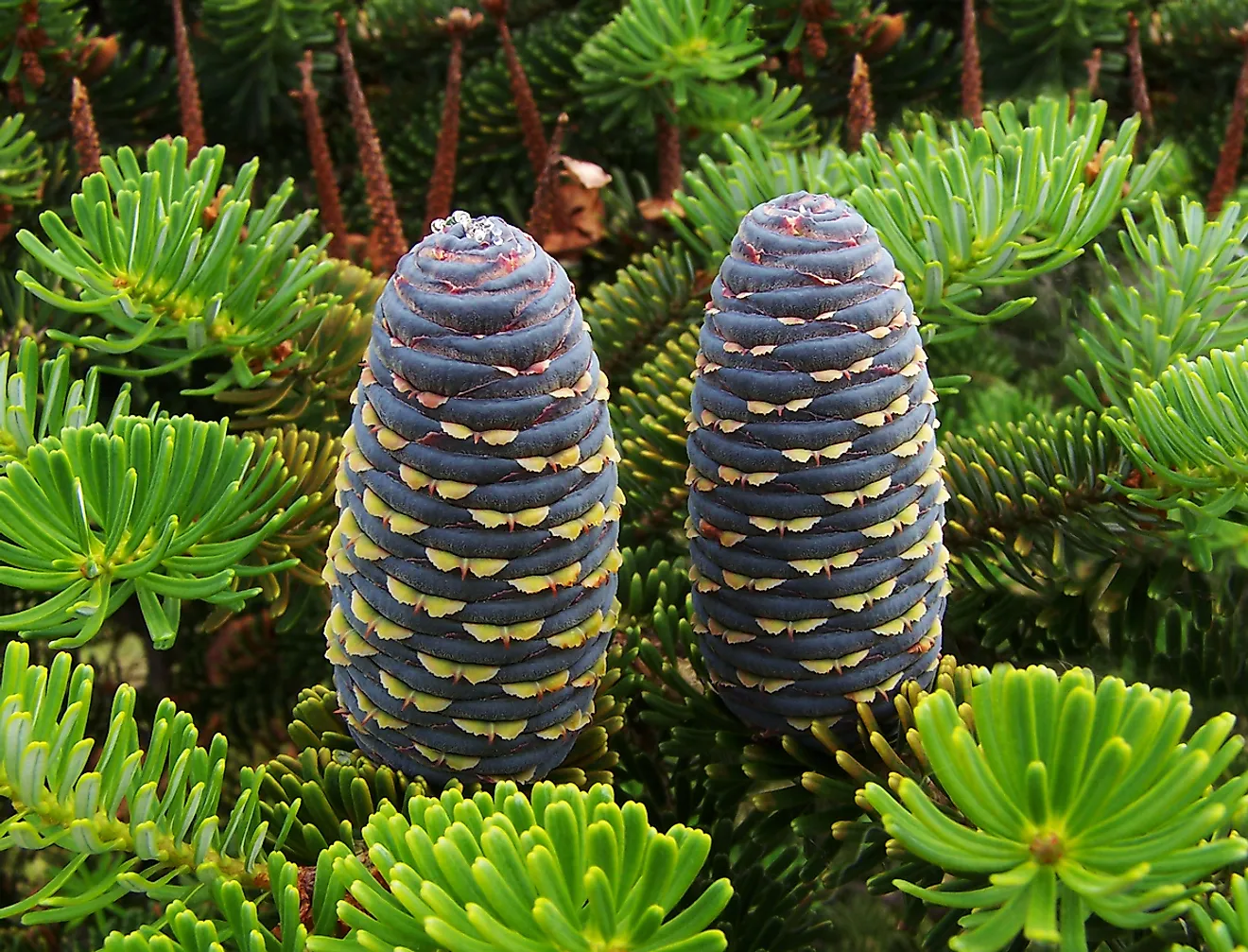Plants Under Threat - Dangers To The Flora Of Earth

Plants are one of the major backbones to support not just human life, but almost all life on Earth. Plants directly or indirectly provide most of the food we eat, help to regulate the Earth's water cycle and are a major source of medicine. Plants also help to regulate the climate and the air by taking in carbon dioxide and 'breathing' out oxygen as part of their process of photosynthesis. Plants are also found in nearly every region of Earth and are important to the food chain.
Why are some plants being pushed to the brink of extinction?
Slightly more than one in every five plants on Earth are vulnerable to critically endangered according to the International Union for Conservation Nature (ICUN) Red List data. Many different factors are pushing some plants to the brink of extinction, including residential, commercial, agricultural and transportation development by humans. There is also pollution, invasive species, geological events and climate change which can cause a species to become endangered. Usually, it is not just one of these factors, but many of them combined that can lead to a plant species becoming threatened as we see in these example of endangered plants.
The large-fruited tammin wattle (Acacia ataxiphylla) is a near threatened plant species located to the southwest of Western Australia. The main things threatening this species include weed invasion, pathogens, road maintenance and the continued clearing of the native vegetation in the areas the plant lives.The Big Bear Valley woollypod is a vulnerable plant species located in the United States in the state of California. The major threats to this plant species are from the development of urbanization, the tourist industry and off-road vehicles since the species does not deal well with disturbance of its habitat. Other threats included woodcutting and mining. The Korean fir (Abies koreana) is an endangered plant species located in four fragmented locations across South Korea. There is evidence of the decline of the Korean fir population and degradation of its habitat due to the effects of climate change, pathogen attacks from virus and an invasion of other pines and bamboo into its native habitats. The Blyde River cycad (Encephalartos cupidus) is a critically endangered plant species located only in the Blyderivierspoort Nature Reserve in the Mpumalanga province in South Africa. The species has suffered greatly because of it being over-collected for ornamental purposes. Droughts and fires have also caused a high mortality among the seedlings, and it is possible that the plant may not be able to reproduce in the future due to small numbers of the plant in the wild.
How to help save the plants?
There are still corrective steps that can be taken to save the plants if we all come together and do our part. If we all work to protect and restore native habitats that these plants reside in, do our part as citizens and governments to stop global warming and use more clean energy and advocate for increased funding to protect endangered species and set up national parks then humanity can do its part to help save these plants and protect the Earth.
Plant Under Threat: Current Status Of The Plants Of The World
| Rank | ICUN Category | % Of Total Plants |
|---|---|---|
| 1 | Critically Endangered | 4 |
| 2 | Endangered | 7 |
| 3 | Vulnerable | 9 |
| 4 | Near Threatened | 8 |
| 5 | Least Concern | 64 |
| 6 | Data Deficient | 8 |











